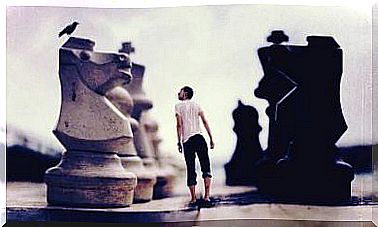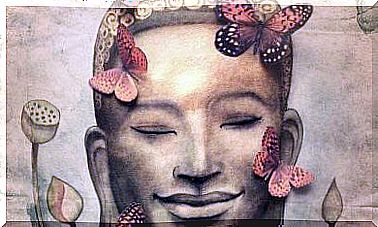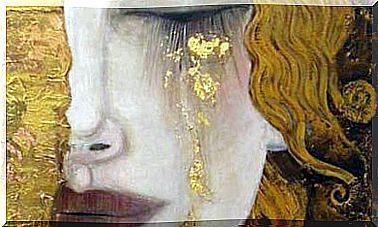The Case Of The Man Who Shot His Second Head

The case of the man who shot his second head clearly illustrates the drama of hallucinations. Almost all people who go through this experience feel enormous discomfort since, in general, these creations of the mind are highly negative and threatening presences.
So far science does not have a definitive explanation about the precise causes of hallucinations. What is clear is that these are very vivid perceptions for those who experience them. The case of the man who shot his second head is an example of the degree of realism that these types of perceptions acquire for those who suffer them.
The common thing is that behind these cases of hallucinations, as well as other types of “errors” in perception, there is a deep suffering that exceeds the capacity of a person to organize and process it, in a way that can be called “reasonable”. That was probably also what was behind the case of the man who shot his second head.

Hallucinations, perceptual delusions
More conventional approaches treat hallucinations as “perceptual delusion. ” This means that the existence of something that “is not real” is perceived. Such a perspective is typical of positivism, which establishes a radical border between “the real” and “the unreal.” The real would be that which has a physical existence in the external world and the non-real, that which has no such existence.
From psychoanalysis there is another look at this phenomenon. For Sigmund Freud , hallucination is an attempt to reconstruct reality when it is rejected by the subject. What there is is an internal experience that is intolerable, which is why it is rejected and denied. Then, that internal experience returns from the external, in the form of hallucination.
From that point of view, the hallucination has a symbolic value; In other words, it is a creation that has meaning, as dreams do, for example . The apparently absurdity of a hallucination, or a dream, is due to the fact that it is a content that is encrypted, like a hieroglyph.
Lacan, on the other hand, with regard to hallucination, says that “what has not come to light in the symbolic appears in the real.” This means that the psychic experience that fails to organize and take shape in the mind then reappears as real content that comes from outside.
The man who shot his second head
The case of the man who shot his second head was presented by psychiatrist David Ames in 1980. It has to do with a 39-year-old man, who arrived at the Royal Melbourne Hospital with a shot in the head. At first it was believed that it was a suicide attempt similar to others, but when listening to the story of this patient it was discovered that the matter went further.
As described in the case account, the man who shot his second head had been hallucinating for three weeks. He saw that a second head was coming out of his shoulder and it did not stop speaking in his ear, emitting offensive messages.
To complete, this man also heard Jesus Christ speaking with the prophet Abraham, also in his ear, and pointing out that he really had a second head.
The most striking thing is that that second head was not the same as the first, but that it was that of his wife’s gynecologist. For that reason, and so that it no longer bothered him, he decided to fire six shots at him. One of them was the one that wounded his “first head.”

The evolution of the case
The condition of the man who shot his second head was diagnosed with schizophrenia, with hallucination of dicephaly. The truth is that this man was treated, first to heal his wounds and then in a psychiatric consultation.
As part of the sessions, it was found that his wife had died two years earlier in a car accident in which he was driving. In the narrative of the case it is not described what the impact of that fact could have been on the mind of that patient. The truth was that he was medicated and this inhibited the hallucinations.
The man continued in treatment, but later had alcohol problems. Because of this, he stopped taking his medication and going to the psychiatrist’s office. It is not known if he hallucinated with his second head again, as this man contracted a brain infection and died two years after his case was registered.









